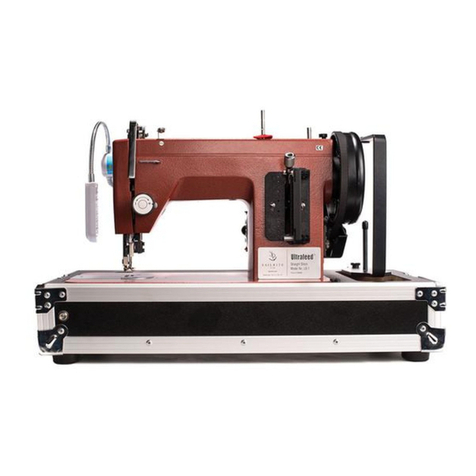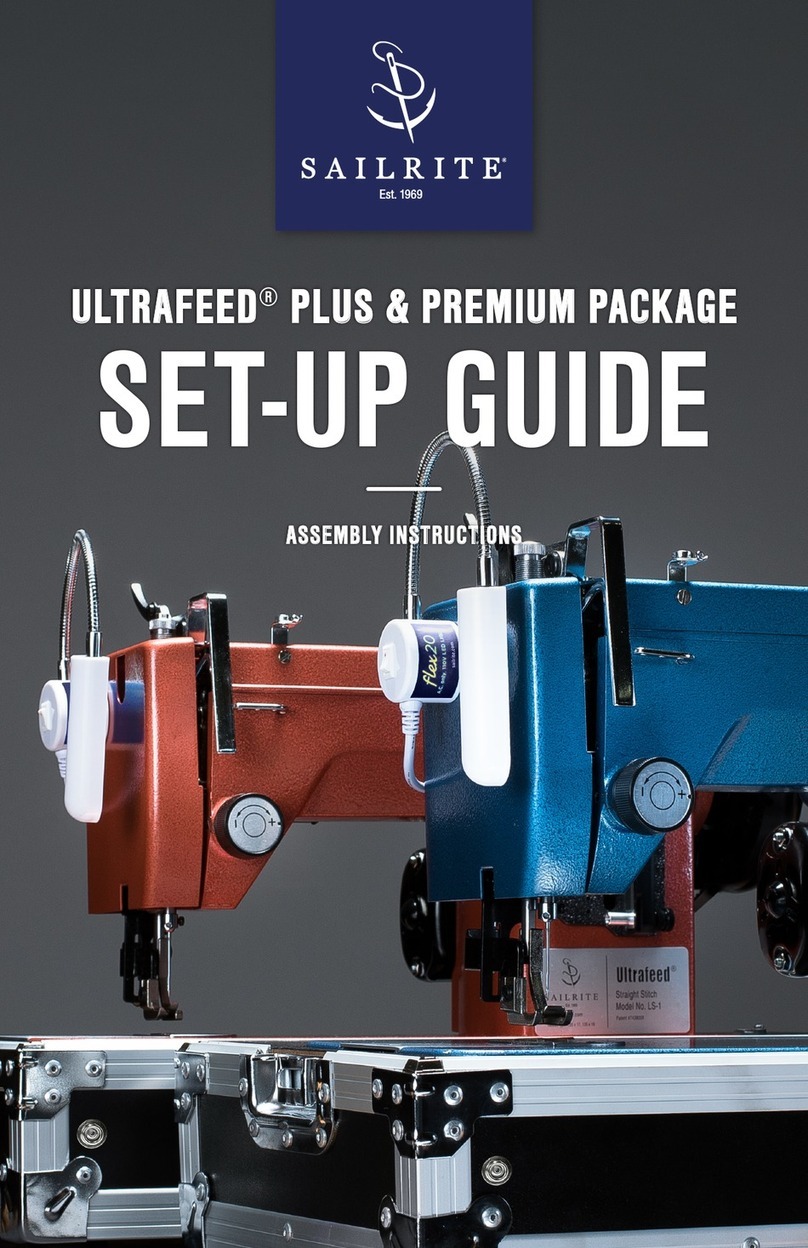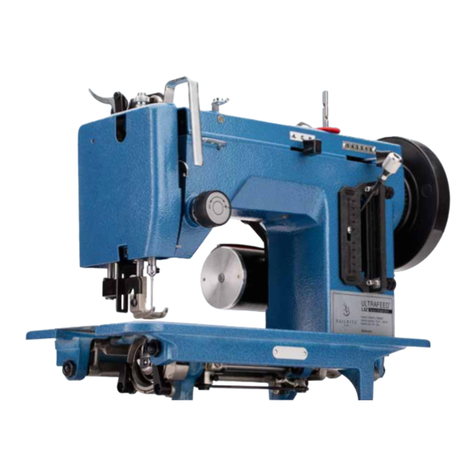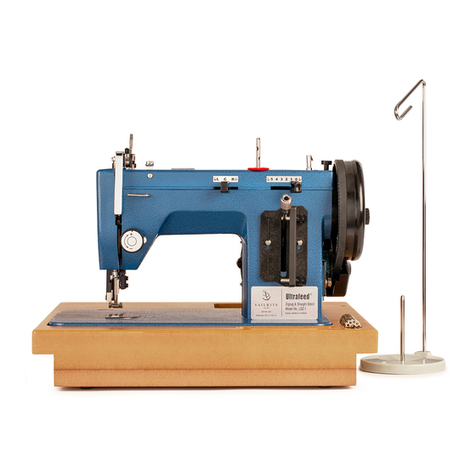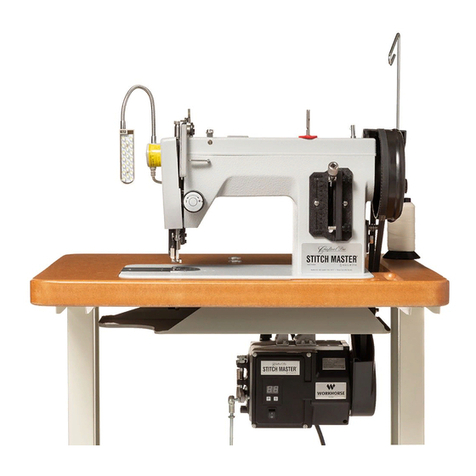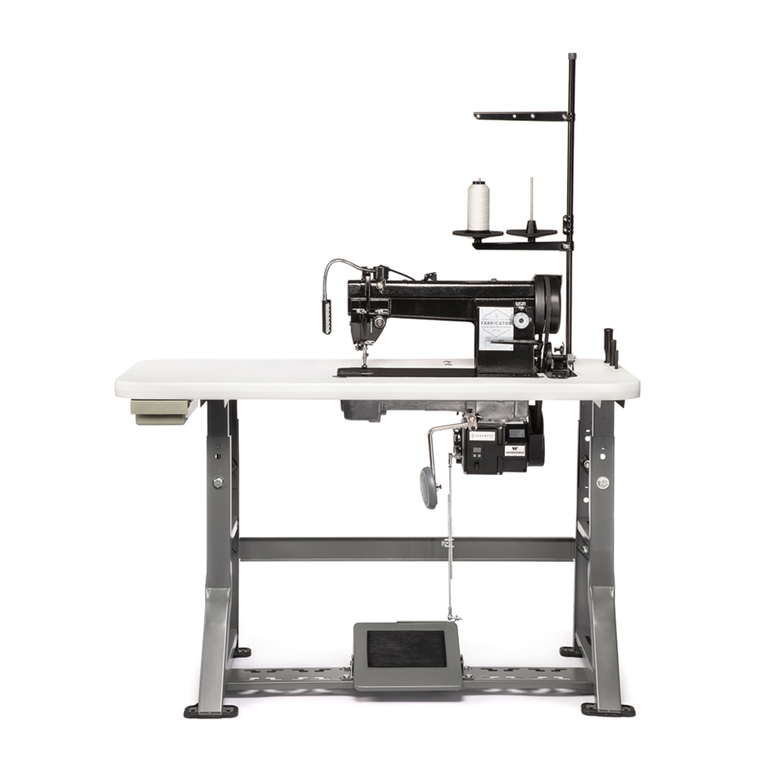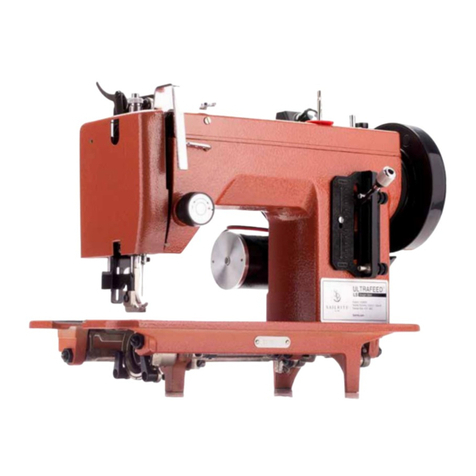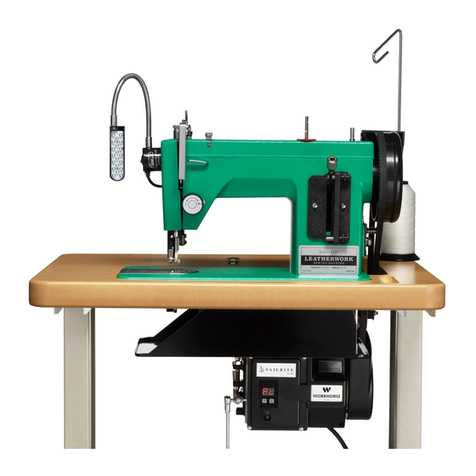
Table of Contents
Leatherwork Safety ����������������������������������� 1
Machine Damage Prevention��������������������� 2
Workhorse®Safety Precautions ���������������� 3
Changing Motor Rotation�������������������������� 4
Workhorse Speed Settings������������������������ 5
Preparing to Sew��������������������������������������� 6
Choosing Thread Size �����������������������������������6
Needles���������������������������������������������������������7
Winding Bobbins �������������������������������������������9
Threading the Machine�������������������������������� 11
Removing & Installing Bobbin Case�������������13
Installing Bobbin in Bobbin Case �����������������14
Picking Up Bobbin Thread ���������������������������15
Using the Leatherwork ���������������������������� 16
Starting to Sew��������������������������������������������16
Regulating Stitch Length �����������������������������18
Sewing in Reverse ��������������������������������������18
Setting Equal Forward &
Reverse Stitch Length ���������������������������������18
Turning Corners ������������������������������������������18
Thread Tension Adjustment �������������������������19
Advanced Thread Tension Adjustment���������20
Adjusting Presser Foot Tension �������������������21
Removing Material From Under
the Presser Foot������������������������������������������21
Sewing Fabric ���������������������������������������������22
Leatherwork Maintenance ����������������������� 23
Lubrication ��������������������������������������������������23
Troubleshooting the Leatherwork����������� 27
Proper Needle Orientation & Installation������27
Replacing Take-Up Spring ���������������������������28
Belt Issues ��������������������������������������������������29
Material Surface Is Being Damaged ������������29
Clutch Will Not Disengage���������������������������30
Removing the Hook to Clean the Shuttle
Race Guide Shaft & Free Thread Jams �������30
Skipped Stitches������������������������������������������31
Thread Issues ���������������������������������������������33
Needle Issues ���������������������������������������������37
Bobbin Winding Issues ��������������������������������38
Leatherwork Timing ������������������������������� 39
Schematics���������������������������������������������� 49
Specifications ����������������������������������������� 63
Warranty �������������������������������������������������� 68
Sew like a pro with Sailrite®
For in-depth information on use and
maintenance of your new Leatherwork®
Sewing Machine, please refer to our free
video at Sailrite�com/leatherwork-use or
search #300526XHT at Sailrite�com�
